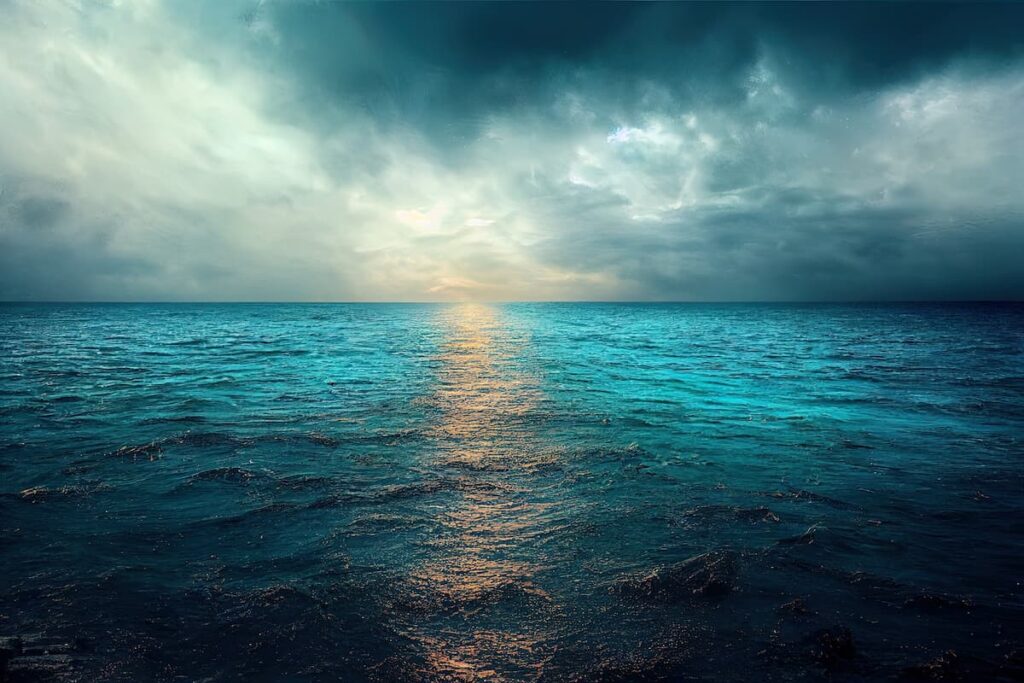The Deep Ocean: Earth’s Hidden Giant
The deep ocean, defined as areas deeper than 200 meters, makes up a staggering 66% of the Earth’s surface. Despite its massive size and vital importance to the planet’s health, this enormous underwater world remains mostly unseen. Recent findings have revealed that humans have visually explored less than 0.001% of the deep seafloor — an area roughly the size of Rhode Island or just one-tenth the size of Belgium.
This tiny fraction is alarming when we consider what the deep ocean offers: it supports a wide range of ecosystems, plays a major role in regulating the planet’s climate, produces oxygen, and may hold valuable pharmaceutical resources. Yet, it remains one of the least explored areas on Earth.
Visual imaging is one of the three core pillars of ocean exploration, alongside mapping and sampling. But decades of research have barely scratched the surface — and most of what has been visually recorded is concentrated in only a few regions, leaving vast areas completely undocumented.
A Biased View: Where We’ve Explored So Far
The most comprehensive analysis of deep-sea visual observations to date gathered data from around 44,000 dives across the waters of 120 countries. Still, the results point to a deeply unequal global effort. Over 65% of the visual observations recorded have taken place within just 200 nautical miles of three countries: the United States, Japan, and New Zealand. In fact, five nations — the U.S., Japan, New Zealand, France, and Germany — are responsible for 97% of all deep-sea submergence activity.
Most of this activity has focused on a few select locations like Monterey Bay and Hawai’i in the U.S., Suruga and Sagami Bays in Japan, and coastal areas of New Zealand. Even though thousands of dives have been conducted, the actual area seen on the seabed is so small that it can’t be properly represented on a global scale map.
There’s also a historical issue: almost 30% of the visual data was collected before 1980, often using black-and-white, low-resolution still images. This means not only are we dealing with very little data, but much of what we do have is outdated and limited in quality.
What We’re Missing
The current exploration has focused heavily on specific seafloor features like canyons and ridges, while other important habitats — such as abyssal plains and seamounts — remain severely underexplored. This leaves major gaps in our understanding of ocean biodiversity and ecosystem functions.
Imagine trying to understand land-based ecosystems by only studying an area the size of a single city. That’s essentially what scientists are dealing with when trying to draw conclusions about the deep ocean. If everything we knew about Earth’s land came from a spot the size of Houston, the picture we’d have would be wildly inaccurate — and that’s exactly the risk we’re facing with our oceans.
This lack of data becomes even more critical in the face of current threats like climate change, deep-sea mining, and resource extraction. Without a fuller picture of the deep ocean’s ecosystems and processes, making informed decisions about conservation and sustainable use becomes nearly impossible.
Moving Forward: A Call for Inclusive Exploration
While the technology needed for deep-sea exploration has traditionally been expensive and limited to a handful of countries, things are beginning to change. Advances in smaller, more affordable underwater tools are opening the door for broader participation — including by low- and middle-income nations and coastal communities.
This shift is key to creating a more balanced and accurate understanding of the deep ocean. Local communities, when equipped with the right tools and training, can play a crucial role in expanding the reach of exploration efforts and bringing attention to underrepresented regions of the seafloor.
Ultimately, exploring the deep ocean is not just about scientific curiosity — it’s about protecting one of the planet’s most essential ecosystems. By expanding access and increasing collaboration, the global community can work toward a more complete picture of the deep ocean, helping ensure its conservation and the sustainable use of its resources.


